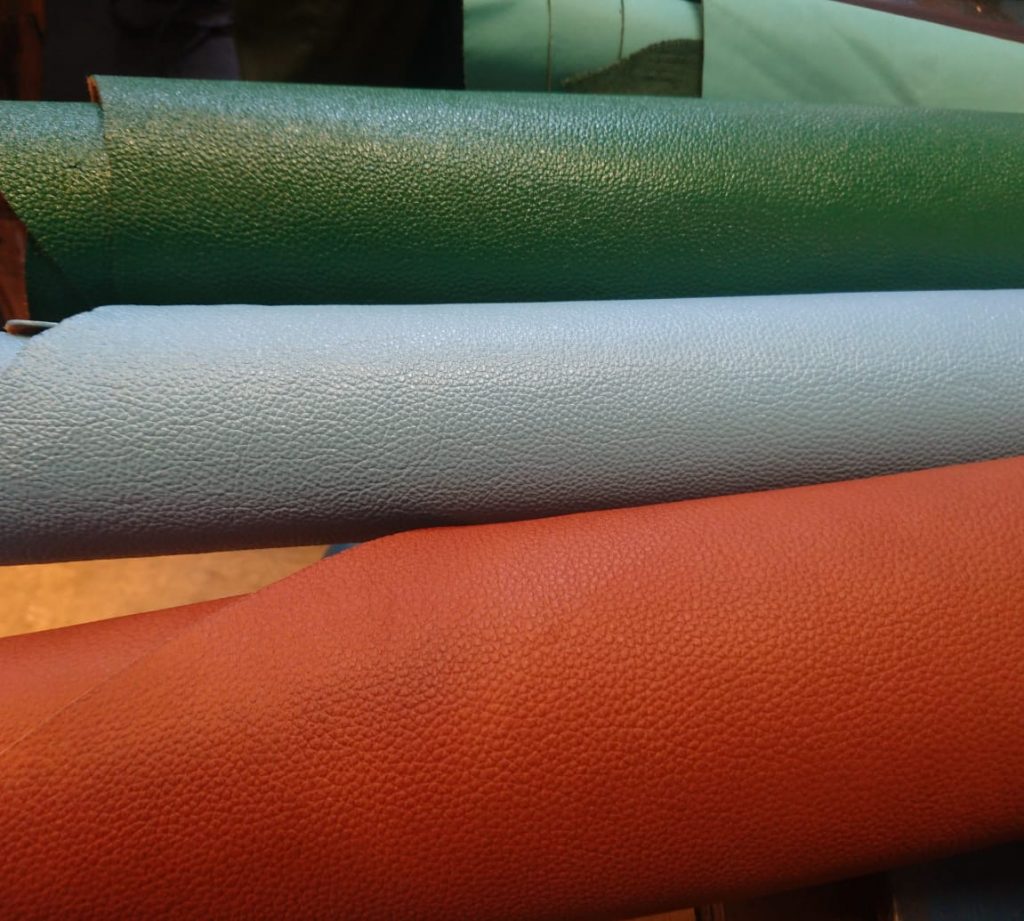Vegetable tanning is the traditional method of tanning leather and has been around for thousands of years. The process is considerably time-consuming and need to be handled by skilled craftsmen. With all the complexity, comes the vegtan leather we known for its natural feel, sweet scented, will develop patina over time, and tough on hard duty. Read this article to learn more about the shortened long process.
Aging (color evolution) process
The Italian Vegetable Tanned Leather Consortium had done a scientific research that shows us how vegetable tanned leather aged after being exposed to specific light source for hours which simulated how the leather being used for years.
Results are taken from the experiment and there are key factors on how the leather aged in such time frame: frequent of usage, light exposure, heat exposure, moisture absorption level, other factors such as the usage of leather treatment (wax or oil).
Each color will respond to various key factors differently. Brown dyed vegetable tanned leather prove that it had been the most stable, while blue and yellow dyed leather gradually faded out as time goes. Pictured here the result from the research by the consortium.
Vegetable tanned leather goods are truly unique and have bold characteristic, especially when they aged naturally by frequent usage. They have distinctive scent, true charism, and will bring pride to the owner / user. Being stand out amongst the others will always give us better experience, especially when highly appreciated by the people around us. Dare to try leather goods with some personal touch? Start your own journey here.
Vegetable tanned leather refers to the tannage, or method of tanning the cowhide into leather. It’s called “vegetable” because of the natural materials used in the tanning process like tree bark. Vegetable tanning or veg tan as it’s sometimes called, is one of the oldest methods of tanning known to man. It has literally been around for centuries. But less than 10% of the world’s leather is tanned this way today.
What makes vegetable tanning so unique is it allows us to use thicker leather and results in more body and character – perfect for bag making. Vegetable tanned leather also tends to age better and develops a rich patina over time. And it has that awesome classic leather smell.
The Process of Vegetable Tanning
Step 1: Pre Tanning
First, the hides have to be prepped. So they spend a couple days rehydrating the hides and removing the hair. The whole hide is cut into two pieces called sides.
Step 2: Tanning
The split hides are then put into large vats filled with natural tannins. Some of these natural tannins include tree bark. The hides spend a couple of weeks soaking in this tanning liquor and must be frequently tended to in order to ensure full absorption. The hides are then removed, excess moisture is taken out and they are shaved to the desired thickness (from the backside).
For vegetable tanned leather that isn’t dyed, this is nearing the end of the road. That type of veg tan leather has a pale almost pinkish color to it. But the veg tan leather we use is further dyed to create the rich color and character that makes our leather so unique.
Step 3: Dyeing, Hot Stuffing, Drying
The tanned hides arrive at this step as a blank canvas and ready to be infused with rich color and character. The hides are dyed in enormous drums that look something like a wine barrel on steroids that rotates in the air.
Our leather is then hot stuffed, which is a special process that literally stuffs the leather hide to its core with waxes and tallows that give it a rich color and make it more durable.
After that, the hides are dried and staked. Staking is a process that softens up the leather just a bit.
Step 4: Finishing the Leather
In this stage, the hides are sprayed another time with waxes and a sealant for protection.
The entire process is very time and labor intensive, taking up to six weeks to complete.

